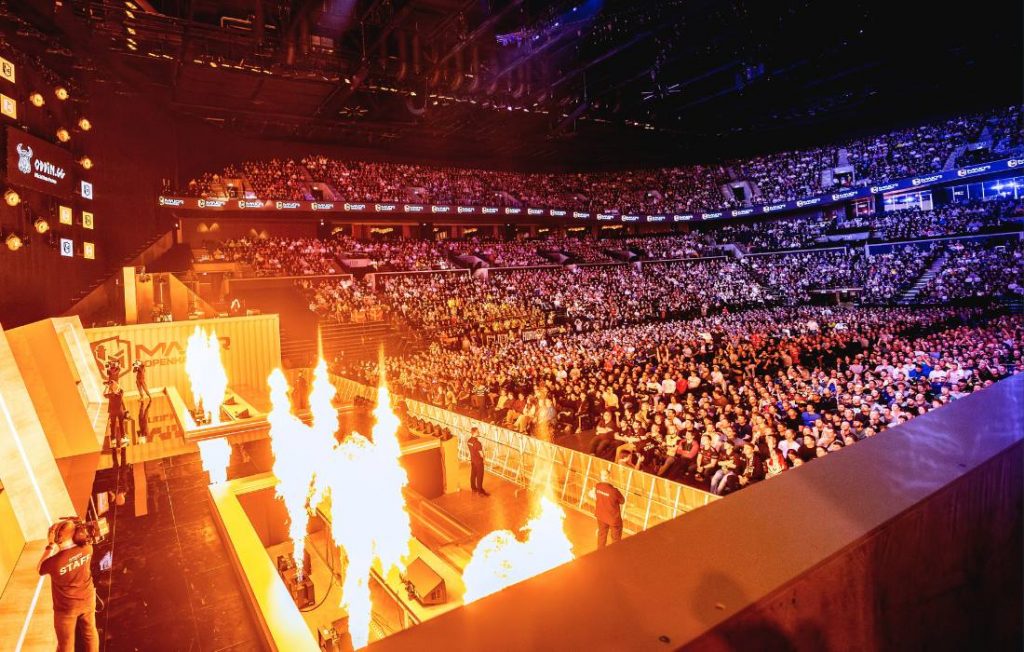This is especially true in team games like Counter-Strike 2 (CS2), where one player’s poor performance or a team’s strategic misstep can completely swing a result. While making assumptions based on reputation is tempting, success in analyzing CS2 matches comes from recognizing the variables at play.
Contents
Spotting Patterns: Player Form and Historical Performance
At the heart of any solid analysis is understanding form — and form is not always obvious from one match to the next. Consistency is rare in esports, especially in shooters like CS2, where factors such as map familiarity, recent roster changes, or even personal issues can heavily influence a player’s in-game performance. Tracking recent matches, player ratings over the last ten maps, and how individuals perform under specific conditions (LAN vs. online, for example) can provide helpful insights.
Historical results between teams also tell a story. Some matchups produce chaotic, unpredictable outcomes. Other pairings can produce surprisingly consistent results regardless of the players’ individual history. Different players are good at various parts of the game, after all, and sometimes a player finds someone whose skills perfectly counterbalance their weaknesses. For those who want to make smarter choices with their CS2 betting, recognizing these nuances is far more valuable than chasing headline stats alone.
A recent piece that highlights this kind of analysis in action is the FISSURE Playground 1 Betting Predictions. It showcases how evaluating match history, player data, and tournament context can sharpen your understanding of likely outcomes. Rather than simply predicting winners, it examines the dynamics at play and how these influence potential results.
Tournament Context: Pressure, Stakes, and Meta
One of the most overlooked areas in esports analysis is the influence of pressure. Some players shine on the biggest stage, while others struggle. It is not enough to know how a team performed in qualifiers; understanding how they historically react under playoff pressure or in front of live crowds is a significant factor.
Additionally, tournament metas shift fast. A strategy that crushed opponents last month might be easily countered today. Analysts who keep pace with evolving trends — such as favored maps, weapon preferences, and emerging strategies — will always be one step ahead. This is especially true in CS2, where tactical depth rewards those paying attention to the fine details.
Platforms focused on esports allow you to track these shifts in real-time. When you engage with CS2 betting, knowing the current meta and how it impacts specific rosters provides a noticeable edge. This context helps refine decisions beyond simple statistics or rankings.
Why Data Without Context Misleads
It is easy to become data-obsessed in esports. Win percentages, KD ratios, clutch stats — they all tell a story, but they do not tell the whole story. A player with impressive numbers against weaker teams might crumble when facing stronger opposition. Likewise, a team’s slump could mask long-term potential if internal issues have recently been resolved.
Context matters. Watch interviews, read team news, and follow roster moves. A player coming back from illness, a team adjusting to a new coach — these are not details you’ll always find in spreadsheets, but they shape the narratives behind performance data.
Data points that often require deeper analysis:
| Factor | Why It Matters |
| Player History | Reveals trends, not just one-off games |
| Map Pool Strength | Exposes tactical depth or limitations |
| LAN vs Online | Some excel in one more than the other |
| Recent Roster Changes | Shifts can cause disruption and take time to settle |
Recognizing these elements brings more nuance to your decisions, helping you avoid the common pitfall of overvaluing raw stats.
Transferable Skills to Fantasy and Beyond
Learning how to read between the lines with esports data does more than just improve your predictions for CS2. These analytical skills translate well to fantasy esports, where player performance projections require more than a surface glance at averages. The same is true for general esports discussions — being able to back opinions with grounded insights, rather than hype or assumptions, earns credibility fast.
Final Tips for Smarter Esports Analysis
If you want to consistently make better decisions in esports analysis — whether for fantasy leagues, casual debates, or betting insights — focus on building habits around critical thinking and pattern recognition. Watching games live can help you understand how momentum shifts, how certain teams handle pressure, and how individual players adjust mid-series.
Stay updated by following expert breakdowns, professional analysts, and community discussions, but always think independently. Contextual knowledge, like recognizing tournament fatigue or player burnout, often provides answers you won’t find in statistics alone.
Lastly, avoid emotional decisions. Just because a team is your favorite or a player is well-liked doesn’t mean they are the smartest pick. Separate emotion from analysis to improve your long-term decision-making. This mindset not only helps in esports but also sharpens your thinking in any competitive environment.


